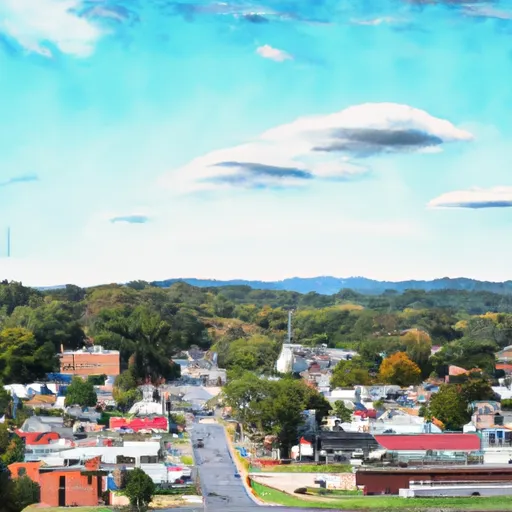°F
°F
mph
Windspeed
%
Humidity











Red-Oak, Virginia is a picturesque town located in the southern region of the state. The climate in Red-Oak can be described as a humid subtropical climate, characterized by hot and humid summers and mild winters. Average temperatures range from the mid-80s Fahrenheit in summer to the mid-40s in winter, making it an ideal destination for outdoor enthusiasts throughout the year.
The town is blessed with abundant water resources, including several rivers and lakes. The hydrology constituents in Red-Oak consist of the Red-Oak River, which flows through the town, and nearby lakes and reservoirs. These water bodies offer excellent opportunities for fishing, boating, and water sports. Anglers can try their luck at catching bass, catfish, and various other freshwater fish species.
Red-Oak's scenic landscapes and natural beauty make it a great place for outdoor recreation. The town boasts numerous parks and trails for hiking, biking, and wildlife viewing. Nature enthusiasts can explore the lush forests and enjoy the vibrant colors during the fall season. Nearby state parks provide additional opportunities for camping, picnicking, and birdwatching.
Overall, Red-Oak, Virginia offers a pleasant climate, abundant water resources, and a variety of outdoor activities, making it an appealing destination for nature lovers and adventure seekers.
Weather Forecast
Red-Oak receives approximately 1113mm of rain per year, with humidity levels near 79% and air temperatures averaging around 14°C. Red-Oak has a plant hardyness factor of 7, meaning plants and agriculture in this region tend to thrive during the non-winter months.
Regional Streamflow Levels
5
Cubic Feet Per Second
143
Cubic Feet Per Second
30
Cubic Feet Per Second
60
Cubic Feet Per Second
Nearby Camping
| Camping Area | Reservations | Toilets | Showers |
|---|---|---|---|
| Ivy Hill Rec Area - Kerr Reservoir | |||
| Holliday Lake State Park | |||
| Occoneechee State Park | |||
| Buffalo Landing - Kerr Reservoir | |||
| Holly Point - Falls Lake | |||
| Rolling View - Falls Lake |



